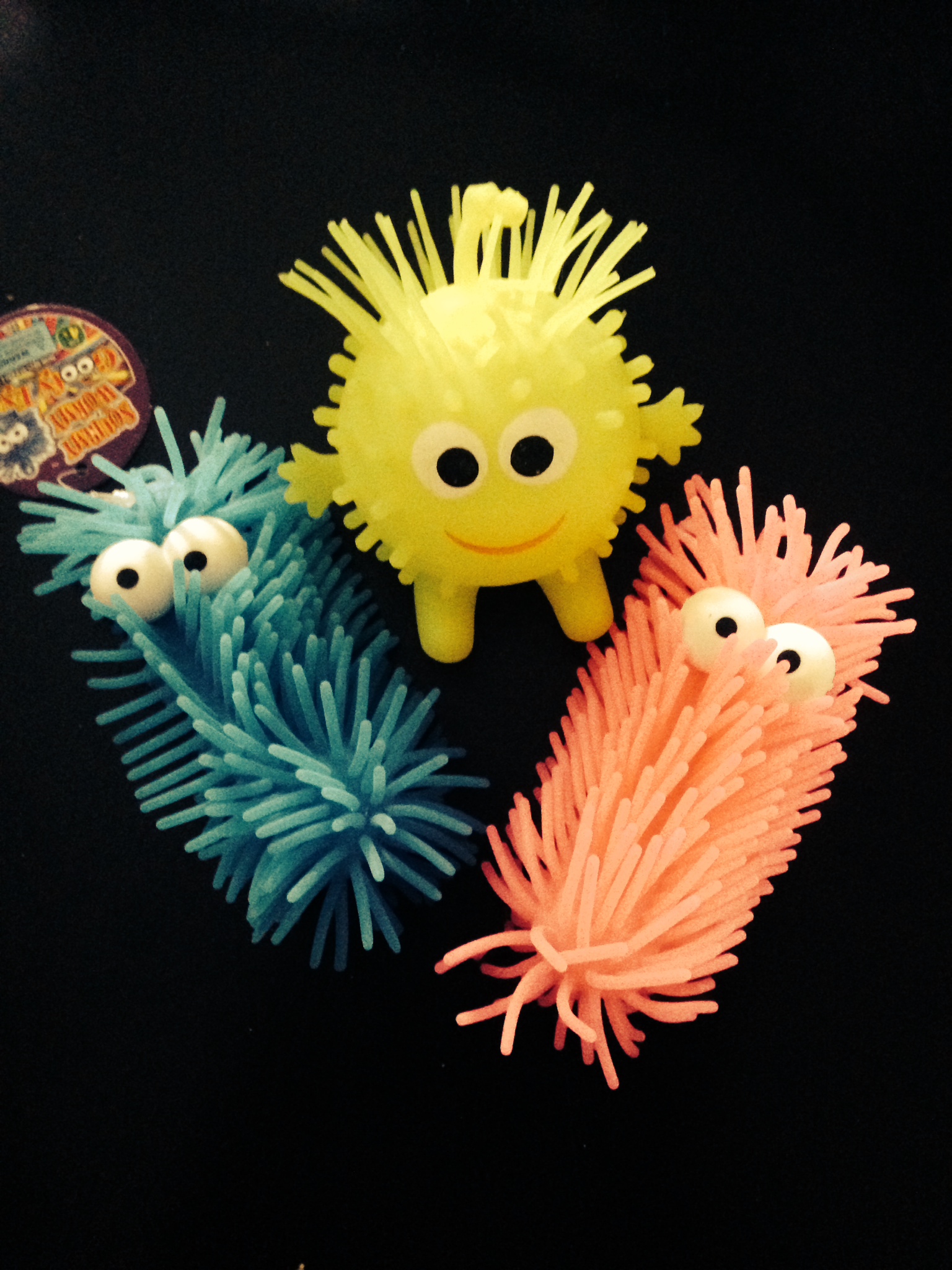Grammar Gremlins: Grammar Mini-Lessons for Middle School
They jump out at us in countless middle school essays. They lure our red pens to make endless circles and bold question marks. Occasionally, they even taunt us to create angry holes in a student’s notebook paper! At the worst, they can sometimes cause us to lose sleep and wonder, “Will my students ever transfer my instruction to their writing?” What are “they”? We have chosen to call them gremlins – grammar gremlins. This species consists of errors that are repetitive and widespread among the student population.
Read on to print free handouts and to once and for all find out how take care of those pesky writing mistakes like it’s vs. its, to vs. too, principal vs. principle and more!
Each Monday, we introduce the “Gremlin of the Week” by passing out one of the mini-lessons included in this book. These lessons are student friendly and include tricks to help students learn! After we teach the lesson and make sure all students understand, it is time for them to respond. Students complete a foldable, flapbook, or cut-out (also included in this packet) as an interactive activity. A practice page is then given either as classwork or homework for a quick assessment of that week’s gremlin. Then, on Friday, we give the quiz.
Practice pages and quizzes are included! In addition, there are review tests, complete with study guides, after every five lessons. The following twenty-four “gremlins” are tackled with this book.
- Lessons included:
- It’s vs. Its
- Your vs. You’re
- To vs. Too
- Accept vs. Except
- A lot (It’s two words!)
- Review Study Guide and Review Test One
- Their, There, They’re
- I or Me?
- Who’s vs. Whose
- Affect or Effect
- Punctuating Dialogue
- Review Study Guide and Review Test 2
- Dessert vs. Desert
- Principal vs. Principle
- Himself and Themselves
- Singular vs. Plural Pronouns
- Loose vs. Lose
- Review Study Guide and Review Test 3
- Apostrophes
- Commas with Independent Clauses
- Semicolons
- The Colon
- Capitalization of Geographical Words and School Subjects
- Capitalization of Calendar Items, Brands, and Family Names
- Run-on Sentences
- Fragments
- Who vs. Whom
- Review Study Guide and Review Test 4
- Rubrics; Answer Keys
While every grammar and usage mishap is not included in this book, we have chosen those that have been monumental and overexposed in our own teaching experience. We also provide mnemonics and tricks to help students remember the rules!
What’s the deal with the gremlin?
Our little gremlin appears in each lesson. Facts about his gremlin world are included in all of the mini-lessons. This helps keep things interesting and will give your students something to giggle about! We have a gremlin word wall in our classrooms, where all of our “gremlins” go after we learn them each week. Also, after a grammar gremlin is taught, students must be careful to edit their writing to make sure it is used correctly. For example, if we have already covered the semicolon as a gremlin, students are to make sure they use it correctly in their writing. If they do not, “GREMLIN ALERT!” is written right on their paper. This is great for writing instruction because the teacher can ignore the mistakes that have not been covered yet and only focus on the ones that have been taught. Students build their “editing toolbox” as the lessons progress each week.
Make it fun!
Monsters are very popular these days. We buy monster stickers and reward students with them when they make a 100 on a gremlin quiz. We make a Gremlin Wall and hang cute little cut out monsters with each lesson that we learn.
Just the other day at the Dollar Tree, I found the cutest little squishy monsters. I bought a few and plan to toss them around on Mondays when we learn our gremlin for the week. Whoever catches it will either answer a question about the gremlin or use it correctly in a sentence.
Also, once a gremlin has been taught and placed on our Gremlin Wall, we are serious about it in writing assignments. For example, if we have already covered the semicolon as a gremlin, students are to make sure they use it correctly in their writing. If they do not, I am quick to write “GREMLIN ALERT!” right on their paper. This is great for writing instruction because I can ignore the mistakes that I have not covered yet and only focus on the ones that we have covered. Students build their “editing toolbox” as we progress each week.
*Note: Everything you need to have a weekly grammar gremlin and create an interactive notebook is included in this packet. Twenty-four mini lessons, foldables, flapbooks, or cutouts, practice pages, quizzes, review tests and answer keys are included. Even if you are not sure about using interactive notebooks, this resource will work for you. Activities can be done in a binder, and pictures and descriptions are provided to make everything easy to teach!
You are going to LOVE Grammar Gremlins! By far, this is one of the best and greatest resources that we use in our own classrooms! Click the link below for a free sample from Grammar Gremlins.





